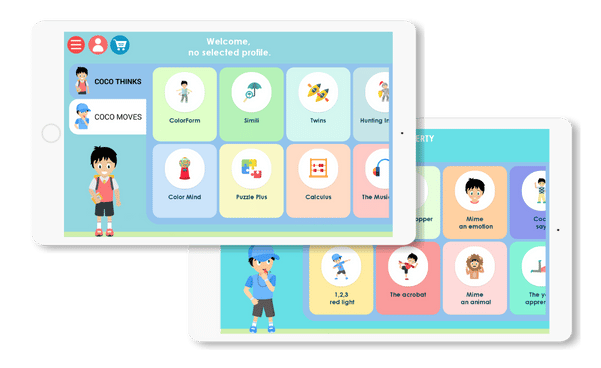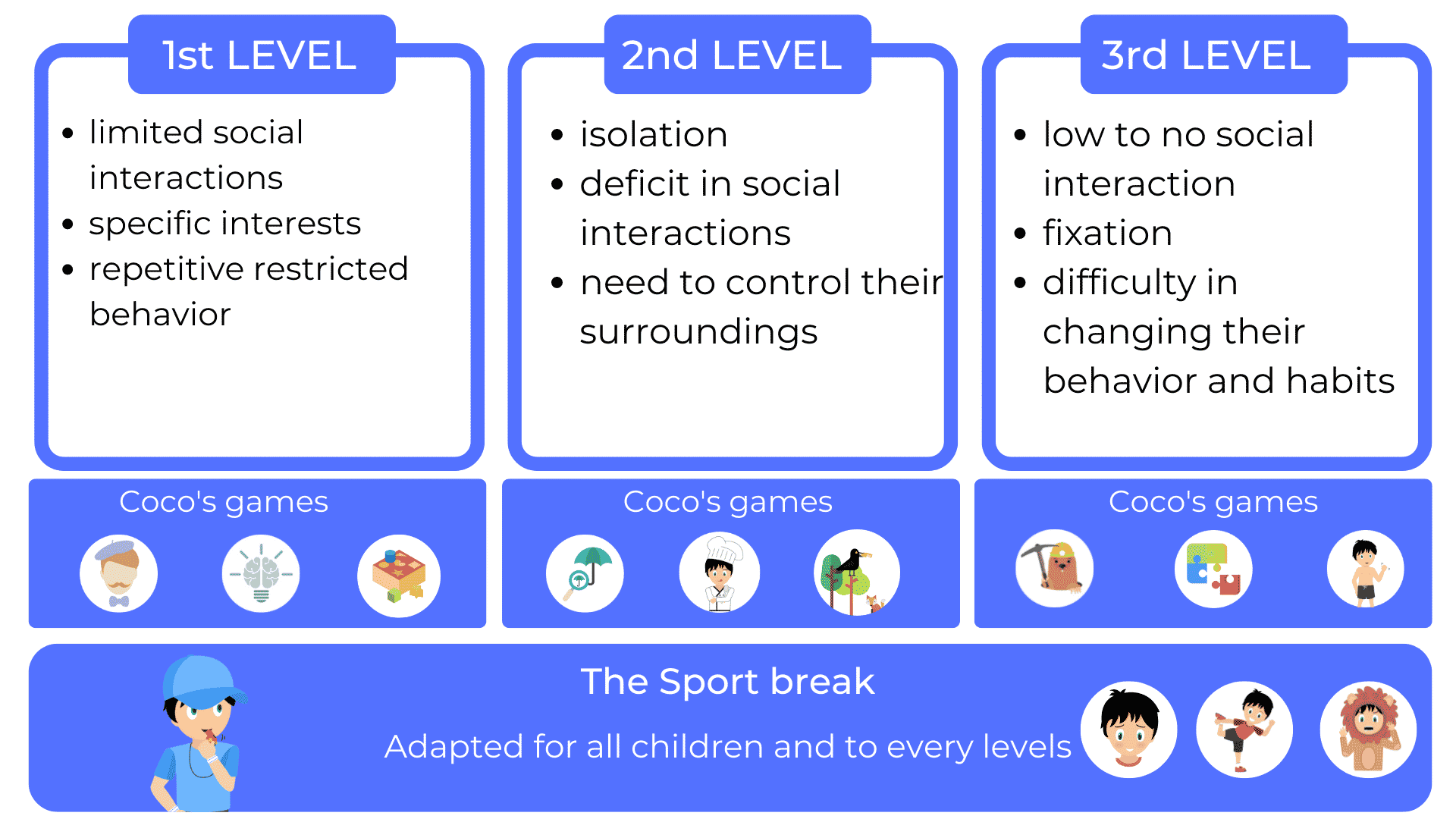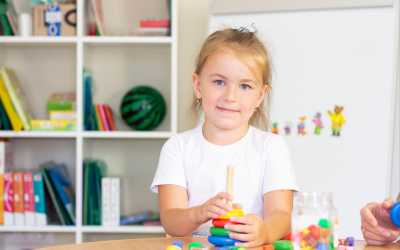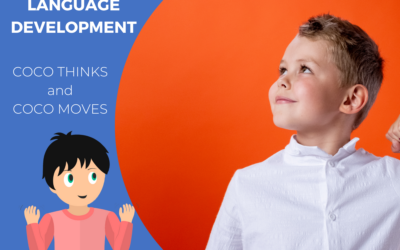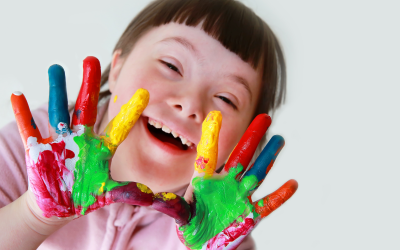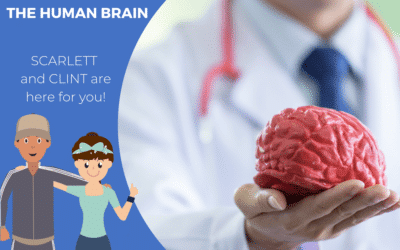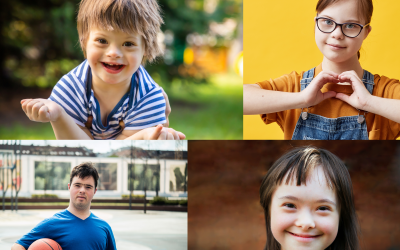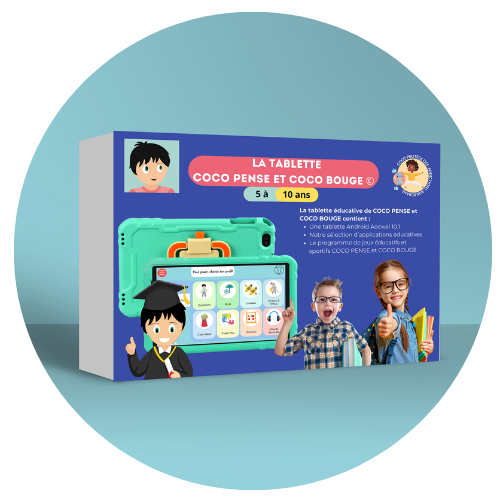What is autism?
Here is a presentation of autism, both by numbers and by the causes of its appearance.
Facts and figures about autism
The discovery of autism by psychiatrist Leo Kanner in 1943 marked a pivotal moment in the understanding of neurodevelopmental disorders. Since then, extensive research has revealed that autism spectrum disorder (ASD) affects approximately 0.7% of the global population, highlighting its widespread prevalence and impact. However, despite increased awareness, a concerning statistic persists: a staggering 40 out of 50 autistic children face significant barriers when it comes to accessing adequate schooling. These barriers encompass a multitude of challenges, ranging from learning difficulties and cognitive impairments to the lack of appropriate educational methodologies. For example, many autistic children struggle with sensory processing issues that make traditional classroom environments overwhelming and distracting. Additionally, social communication deficits may hinder their ability to interact with peers and engage in collaborative learning activities. Moreover, rigid adherence to standardized curricula may fail to accommodate the diverse learning styles and strengths of autistic students, further exacerbating their academic challenges. In light of these obstacles, it is imperative to advocate for systemic reforms that prioritize inclusivity, accessibility, and individualized support within educational settings. By implementing evidence-based practices, such as differentiated instruction, sensory-friendly environments, and social skills training, educators can create inclusive learning environments where autistic children can thrive academically, socially, and emotionally. Furthermore, collaboration between educators, healthcare professionals, and families is essential to ensure that each child receives comprehensive support tailored to their unique needs and strengths. Through concerted efforts and proactive initiatives, we can work towards breaking down barriers and fostering a more inclusive and equitable educational landscape for individuals with autism.
The causes of autism
The etiology of autism spectrum disorder (ASD) is complex and multifaceted, with both genetic and environmental factors playing significant roles in its development. While genetic predisposition is widely acknowledged as a contributing factor, emerging research suggests that environmental influences also contribute to the risk of autism.
- One area of focus in understanding the environmental contributors to autism involves nutritional factors. Studies have suggested that deficiencies in essential nutrients such as iron, vitamins B9, and D during pregnancy may increase the risk of autism in offspring. Additionally, maternal exposure to certain medications during pregnancy, such as paracetamol and antibiotics, has been implicated as potential risk factors for ASD development.
- Beyond nutritional and pharmaceutical influences, environmental toxins and pesticides have also garnered attention as potential contributors to autism. Exposure to these substances, which are commonly encountered in daily life, has been associated with adverse neurodevelopmental outcomes, including autism.
- However, it is important to note that the exact mechanisms by which these environmental factors influence autism risk remain the subject of ongoing research. While some associations have been identified, the full spectrum of environmental influences on ASD is yet to be fully elucidated.
As researchers continue to investigate the complex interplay between genetics, environment, neurodevelopment… it is essential to prioritize efforts aimed at identifying modifiable risk factors and implementing preventive strategies. By gaining a deeper understanding of the environmental determinants of autism, we can work towards developing targeted interventions and policies to mitigate risk and improve outcomes for individuals affected by ASD.
Focus on the academic difficulties of children with autism
Children with autism are reportedly not attending school for many reasons.
The learning difficulties of a child with autism
Children with Autism Spectrum Disorders (ASD) often encounter challenges when adapting to the school environment. ASD can significantly impact a child’s learning abilities, making it difficult for them to thrive in traditional educational settings. Schools must provide appropriate accommodations to support children with autism in their academic endeavors. While schools are designed to facilitate learning and skill development, children with autism may struggle to keep pace with their peers due to their unique learning needs. Furthermore, individuals with autism may have lower-than-average IQ scores, which can further impede their ability to grasp certain concepts and engage in academic tasks. Therefore, it is essential for educators and school staff to implement individualized strategies and interventions to support the diverse needs of students with autism and ensure their academic success.

Unsuitable study methods
It’s important to recognize that children with autism spectrum disorder (ASD) have the ability to learn, albeit in a different manner compared to neurotypical children. Therefore, it’s crucial to place them in educational settings that are tailored to their specific needs. Programs and interventions that cater to their unique learning styles should be prioritized to facilitate their academic progress. Unfortunately, mainstream school environments often lack the necessary accommodations and support systems for children with autism. Their distinctive learning methods, such as learning through imitation or in environments where they feel secure, further compound the challenges they face in traditional educational settings. Therefore, addressing these factors is essential to ensuring that children with autism receive the education and support they require to thrive academically.
Let’s talk about cognitive difficulties
Cognitive challenges present significant hurdles to the educational journey of children on the autism spectrum. Individuals grappling with cognitive impairments often struggle to grasp concepts and ideas presented in the academic setting. This difficulty in comprehension stems from various factors, including deficits in processing information, inconsistencies in cognitive functioning, and other… For instance, a child with autism may encounter obstacles in understanding instructions, following directions, or comprehending abstract concepts due to these cognitive barriers. As a result, they may experience frustration and disengagement in the learning process, further exacerbating their academic challenges. Addressing these cognitive difficulties requires a multifaceted approach that incorporates personalized interventions, specialized instruction, and ongoing support to facilitate meaningful learning experiences for children with autism. Through targeted interventions and tailored support, we can empower these individuals to overcome cognitive barriers and unlock their full potential in the educational realm.
How can this be remedied for the happiness of the autistic child?
To date, there is no cure for autism in children. However, school-based care is possible.
Schooling in a specialized center
Navigating the standard school curriculum proves to be challenging for many children with autism. Recognizing this, parents have the option to enroll their child in a specialized facility tailored to their unique learning needs. One such option is the Special Educational Needs (SEN) Unit, which focuses on inclusive education. These units provide an environment conducive to optimal learning for children with autism. The primary goal of SEN Units is to accommodate each child’s individual needs within the school setting, fostering an inclusive educational experience. By offering specialized support and tailored instruction, SEN Units enable children with autism to participate in school according to their specific circumstances. This personalized approach ensures that each child receives the necessary resources and accommodations to thrive academically and socially.

Use the right teaching methods
In primary or secondary schools, classes are taught using certain pedagogical methods. The child with autism can be helped as long as the teaching techniques take into account his cognitive level. The experts praise in particular the pedagogical methods such as: the TEACCH method and the technique known as “ABA”. These are educational methods that put a smile on the face of every parent and toddler.
The first one of support on the structuring of the work of the children affected the autistic. This is why specialists call it “structured education”. The second method focuses on behavioral rehabilitation.
The use of communication systems
The communication challenges faced by children with autism are widely acknowledged. Typically, language development begins from the moment of birth. By the age of 1, a child typically begins to utter around 3 to 4 words, gradually expanding their vocabulary. By the age of 2, they can typically articulate around 240 words; however, this developmental trajectory in communication skills is often not observed in children with autism. They frequently encounter speech impediments and delays in language acquisition, which can significantly impact their ability to express themselves and interact with others effectively. As a result, they may struggle to convey their thoughts, feelings, and needs verbally, leading to frustration and difficulties in social communication.
Fortunately, specialists have developed tools to help with communication. They are, most of the time, based on signs or images.
New technologies to help children with autism
Today, several communication tools are omnipresent in the home. Computer, tablet, smartphone… These are all smart devices that can be used to benefit children with disabilities. Not to mention the benefits of the Internet in terms of communication. In addition, a plethora of software has been developed to improve communication for autistic people. Parents should not worry about anything. There are safe ways to encourage the work of the child with autism.
RECOGNIZING EMOTIONS WITH COCO MOVES
This game to mime emotions is also accessible in the break, after every 15 minutes of screen. In fact, every 15 minutes, children are asked to choose a physical activity to take an active break when you can mime the emotions.
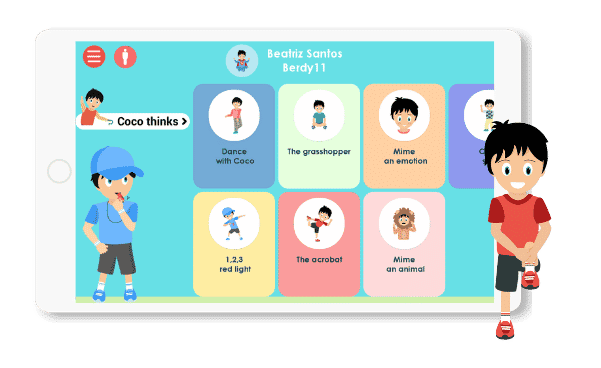
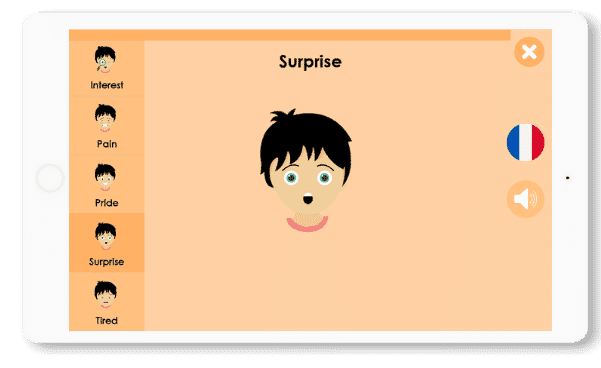
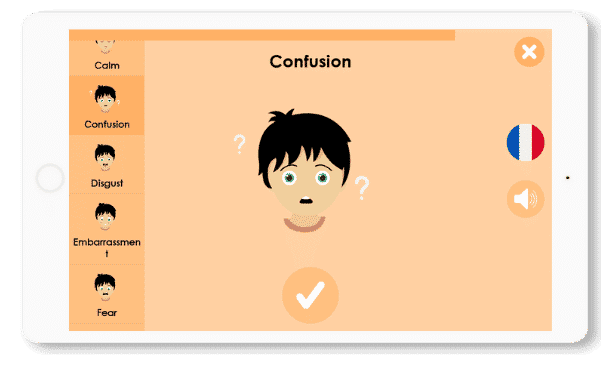
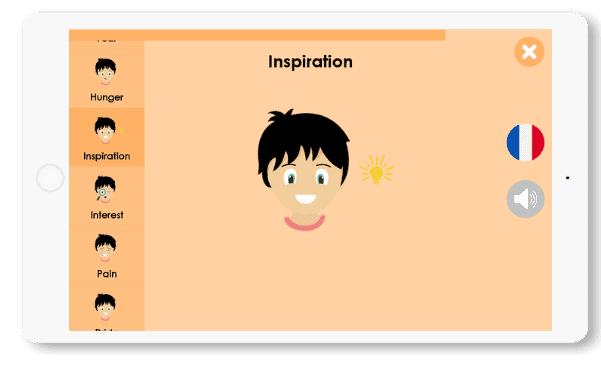
SURPRISE
You are surprised when you are amazed at something, at a person or an object.
It is that feeling when you receive an unexpected gift. So in this situation, you have your eyes and mouth wide open and you cannot wait to open your gift.
CONFUSION
When you are confused you are usually lost because of something that happened. You can even forget the name of a person or the name of an object.
To mimic confusion, you can frown your eyebrows, shrug your shoulders or even form a big ‘O’ with your mouth.
INSPIRATION
Inspiration is what happens when you imagine and create things just by thinking of it. Like when you are drawing, writing, or playing with your toys and making up stories.
When you’re feeling inspired you wrinkle your eyes, you scratch your head a little and you smile when the idea comes.
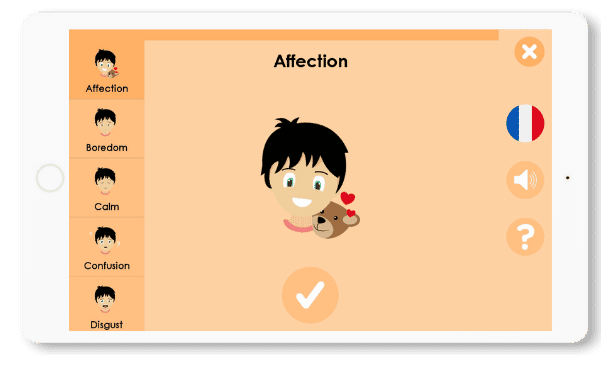
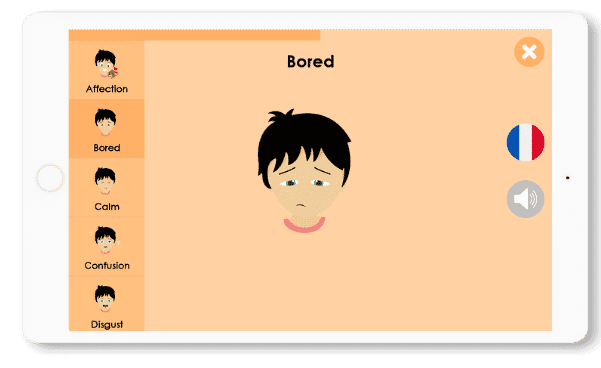
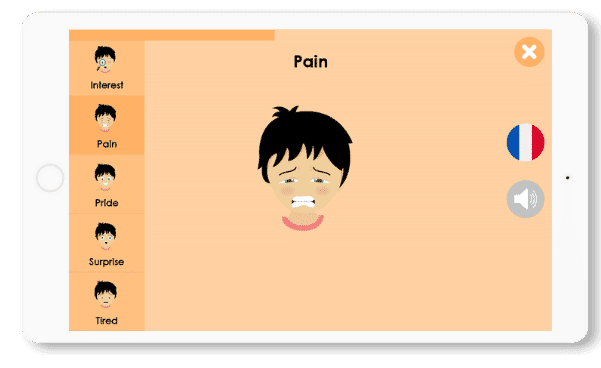
AFFECTION
Affection is something you feel when you are moved by something, when you are thinking positive thoughts about a friend, a family member or a pet.
Here you can smile and think about good time. You can give a hug or kiss someone, tell your classmate that you like them.
BOREDOM
Boredom happens when you don’t care for what you are doing, you want to do something else like talking to your friends and not listen to the person in front of you.
You can blow really loudly and roll your eyes. You can also wiggle in your chair.
PAIN
Pain is a feeling you don’t like, you usually feel it when you hurt yourself, and that is physical pain.
It can also be when you are missing someone or something very much.
To express pain, you can wrinkle your eyes and grit your teeth. You can also touch the part where you are hurt.
Other articles that might interest you:
Supporting children with autism
Dynseo proposesSUPPORTING CHILDREN WITH AUTISM with COCO THINKS AND COCO MOVESDynseo and its team are very much...
Supporting DYS children with COCO THINKS and COCO MOVES
Dynseo proposesDYS disorders with COCO THINKS and COCO MOVESOur educational and pedagogical games program COCO THINKS...
Language development
Children communicate from birth with movements, crying, looking at each other or with smiles. After only a few months,...
Supporting children with Down Syndrome with Coco
Dynseo proposesDOWN SYNDROME with COCODown syndrome is a non-hereditary chromosomal abnormality that leads to the...
Supporting people after a stroke
Dynseo proposesStroke with CLINT, your brain training coachThe Dynseo team is very involved in helping people who have...
Supporting someone with Alzheimer’s
In this guide, we will detail how SCARLETT can be used for supporting someone with Alzheimer's. SCARLETT is a...
10 myths about the human brain you didn’t know
The brain is an incredible muscle, however there are many things we do not know, and what we do know is not always...
Using Digital Tools to Support Students with Special Educational Needs
Special Educational Needs (SEN) encompass a wide range of learning difficulties and disabilities that can hinder a...
Down Syndrome and Communication: Facilitating Interaction with Visual and Interactive Supports
When we think about Down syndrome, we often recognize it as a genetic condition that affects physical and cognitive...
How to Track Progress in People with Down Syndrome Using Digital Tools
Down syndrome, a genetic condition caused by the presence of an extra chromosome 21, affects approximately 1 in every...




